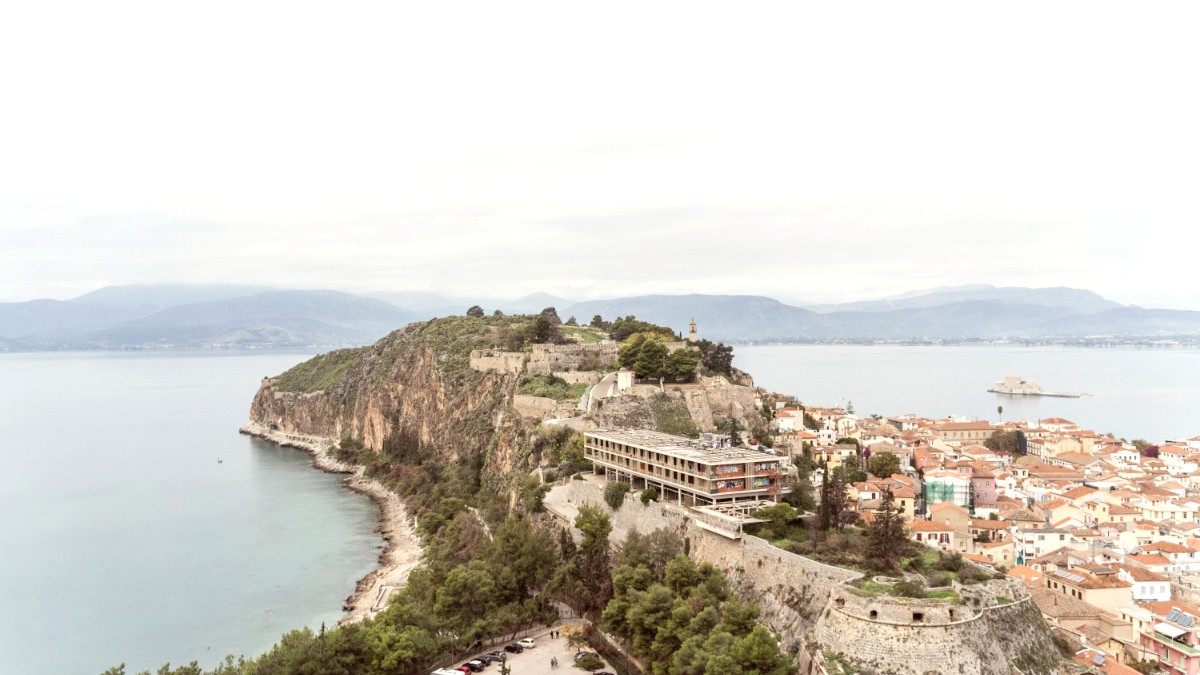
The Peloponnese, Greece
A UNESCO World Heritage site, Ancient Mycenae is a central position in Greek history. It was a major center of Mycenaean civilization, flourishing between 1600 and 1100 BC, tied to King Agamemnon and the Trojan War myths.
Its features include the iconic Lion Gate, massive Cyclopean walls, royal tombs, and the impressive Treasury of Atreus (Tomb of Agamemnon).
Expand your historical exploration to further significant locations beyond Nafplio's immediate vicinity.
This UNESCO World Heritage site is celebrated for its ancient theatre, known for exceptional acoustics. Even a whisper on stage carries to the top rows.
Ancient Corinth was an influential city-state, commercially due to its strategic location. It holds association with St. Paul.
Beyond historical sites, the region around Nafplio invites exploration of its natural landscapes and cultural traditions.
Peaceful coastal wetland for birdwatching and walks, with fresh seafood tavernas.
Important prehistoric site, continuously inhabited, accessed mainly by boat.
Explore renowned vineyards famous for Agiorgitiko red wines, with tours and tastings.
One of Greece's oldest continuously inhabited cities, Argos offers a rich history separate from Nafplio.
A UNESCO World Heritage Site, this ancient Mycenaean citadel is celebrated for its massive Cyclopean walls.
Tailor your trip to Nafplio with these practical considerations and itinerary ideas.
Focus on Old Town, Arvanitia Promenade, Palamidi Fortress, and Archaeological Museum for a quick visit.
Explore Old Town, Palamidi, Bourtzi Castle, and enjoy beach relaxation or a museum deep dive.
Combine Nafplio with day trips to Mycenae, Epidaurus, Nemea, or Hydra for a comprehensive experience.
Beach activities, lively evenings, open-air cinema. Warm weather and crowds.
Peaceful, fewer tourists, ideal for history without heat. Cozy cafes.
Nafplion Festival (June), local religious celebrations. Slower pace, better deals.